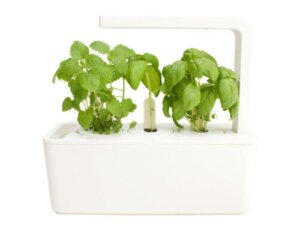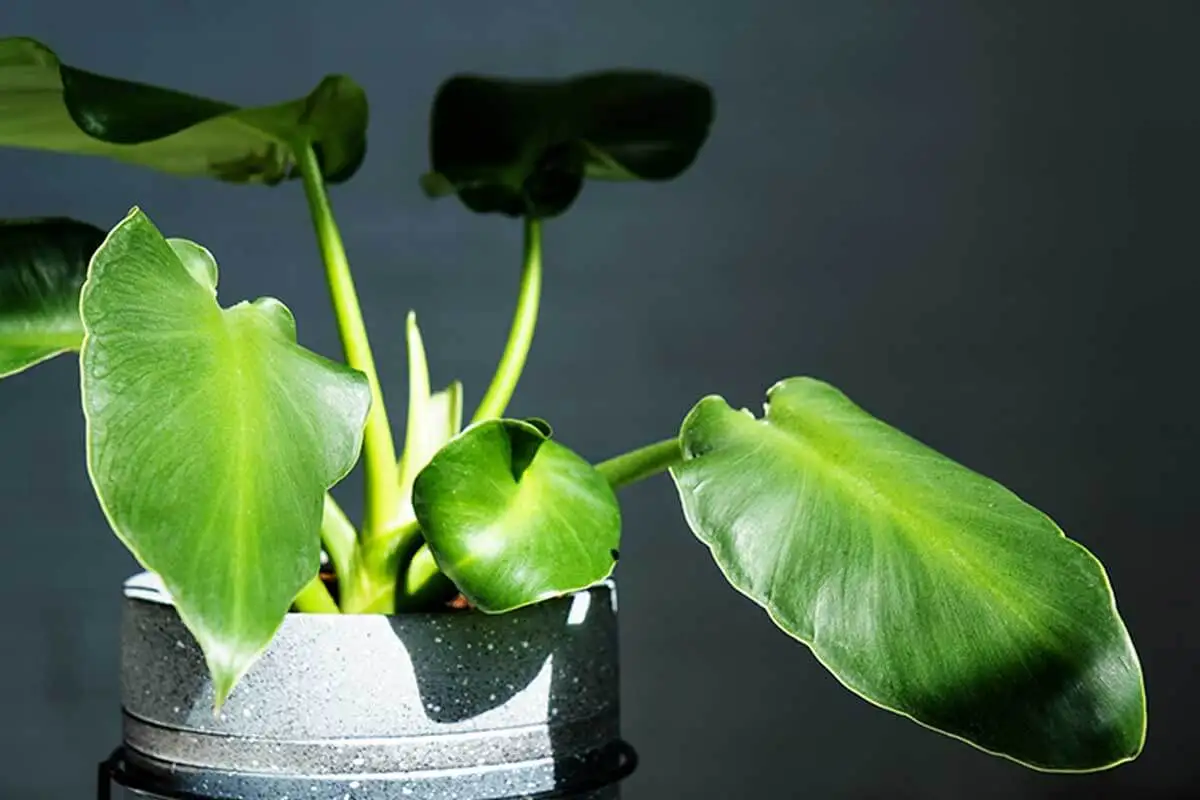Smart Pots: See How They Work and the Benefits for Your Plants

Smart pots? Yes, they actually exist and they help us take care of our plants, ensuring that they grow strong and healthy. Although it may seem like something from another world, it must be said that it was an invention to be expected. Technology has permeated many sectors and gardening wasn’t going to be an exception.
In this article, we’re going to tell you precisely how smart pots work and what the advantages are over traditional ones. Don’t miss it!
Smart pots: how do they work?
Smart pots are a recent invention that helps to take care of plants more easily than ever before. This device is ideal for those who are just starting out in the world of gardening and for those who love plants, but have little time in their schedules.
Depending on their cost, smart pots have different functions. However, we’ll now tell you about the most common and popular ones.
Measurement and control of light and temperature

In addition to determining their watering needs, smart pots have sensors that allow them to measure and control the intensity of the light the plant is exposed to.
In the same way, their average temperature is regulated, ensuring that it’s suitable for growth. Thus, through a smartphone application, it’s possible to know when it’s time to move the plant so that the light doesn’t damage it or, on the contrary, to guarantee the necessary amount.
There are some models that have a brightness sensor with LED light that turns on and off to provide the spectrum of light that the plant requires at a given time. It’s an aid to photosynthesis. As scientific studies affirm, this type of light accelerates different development processes.
Automatic watering
For those who have plants, watering is important but difficult to regulate. If the precise amount of water isn’t identified for each specimen, there’s a risk of overwatering or dryness due to lack of water.
Well, smart pots have a very useful function, which is to regulate watering. It turns out that this invention balances water consumption and controls the moisture level of the substrate. All this, with the aim of maintaining the precise levels for the species that lives there.
These pots have a water tank that is usually around 5 liters. This amount could be enough to ensure the well-being of the plant for several weeks.
The functions mentioned above are regulated from a mobile application.
Nutrient analysis of the substrate
The smart pots record the fertilizer rate, i.e. the indicator of the nutrient conditions of the substrate. Thus, gardeners know exactly when to apply fertilizer and what specific characteristics it should have.
Delivers plant care tips
By storing and recording relevant information, the pots send useful tips for the owner to learn how to take better care of their plants. Relevant notifications are sent through the cell phone. Those who are starting in the world of gardening can take the recommendations to apply them to other plants that are in traditional pots.

There are smart pots for hydroponic crops
Hydroponic cultivation allows you to have different species of plants without using soil. It can be said that the plant’s substrate is water. However, it’s necessary to provide the liquid with the optimal nutrients for the plants to grow healthily.
Seeing that this technique has become very popular, there are also smart pots that are already designed for hydroponics. Depending on the level of artificial intelligence, some pots that have a system of LED lights that contribute to accelerate growth, avoiding cumbersome changes of position depending on natural lighting. This is a key contribution to growing plants in water.
Discover more: 9 Cosmetic Plants You Can Have in Your Garden and in Pots
Can a traditional pot be adapted to be smart?
It must be said that smart pots are expensive. Depending on the model and the level of artificial intelligence, they can cost 100 euros or more.
Considering their high price, there are those who wonder if it’s possible to transform a traditional pot into one of those mentioned, at a lower cost. The answer is yes.
Some devices can be placed inside the substrate to control the mentioned aspects: humidity, temperature, nutrients, and lighting. The information is provided to the gardener through an application that works through a bluetooth connection.
All cited sources were thoroughly reviewed by our team to ensure their quality, reliability, currency, and validity. The bibliography of this article was considered reliable and of academic or scientific accuracy.
- Rizzo, S. Efecto de diferentes tipos de luz en el crecimiento de plantas in vitro: Revisión de Literatura. Escuela Agrícola Panamericana, Zamorano Honduras. 2020.
This text is provided for informational purposes only and does not replace consultation with a professional. If in doubt, consult your specialist.








